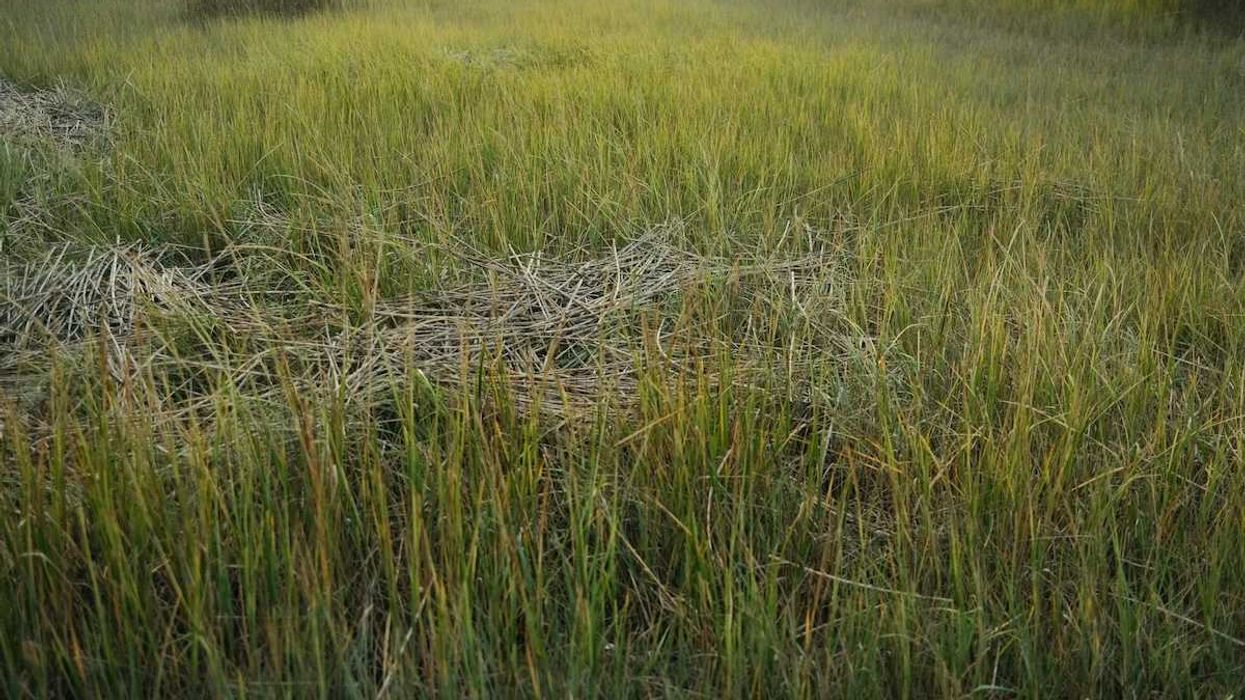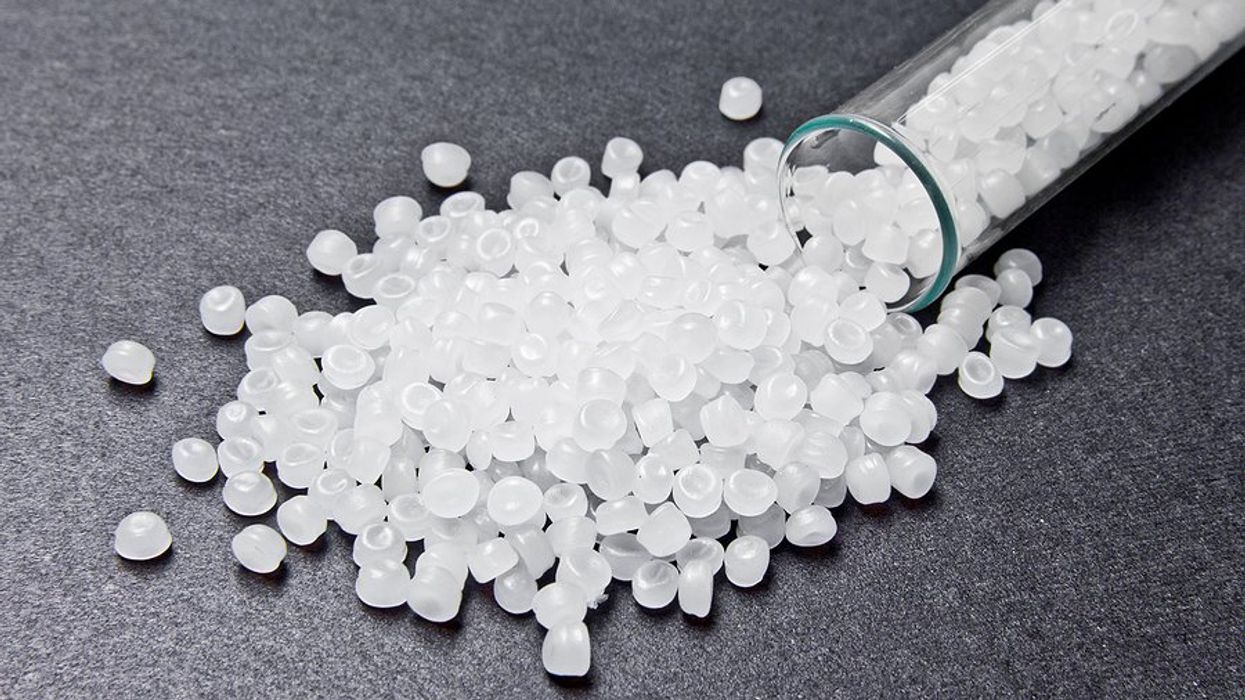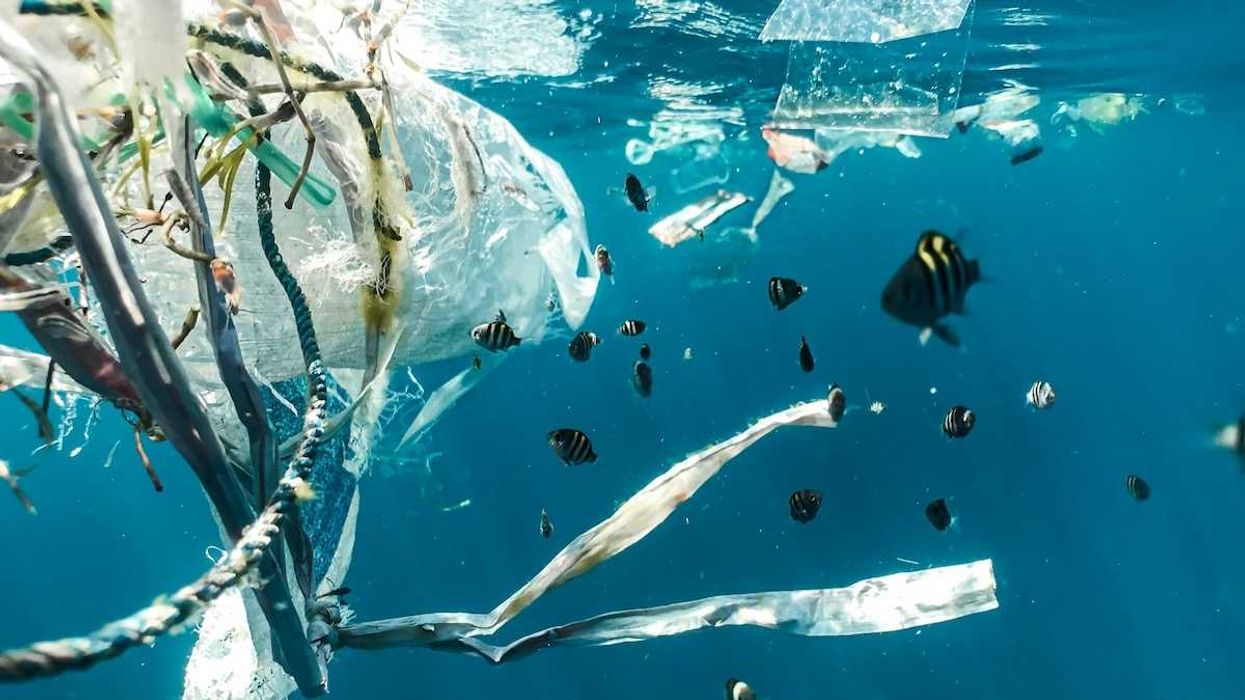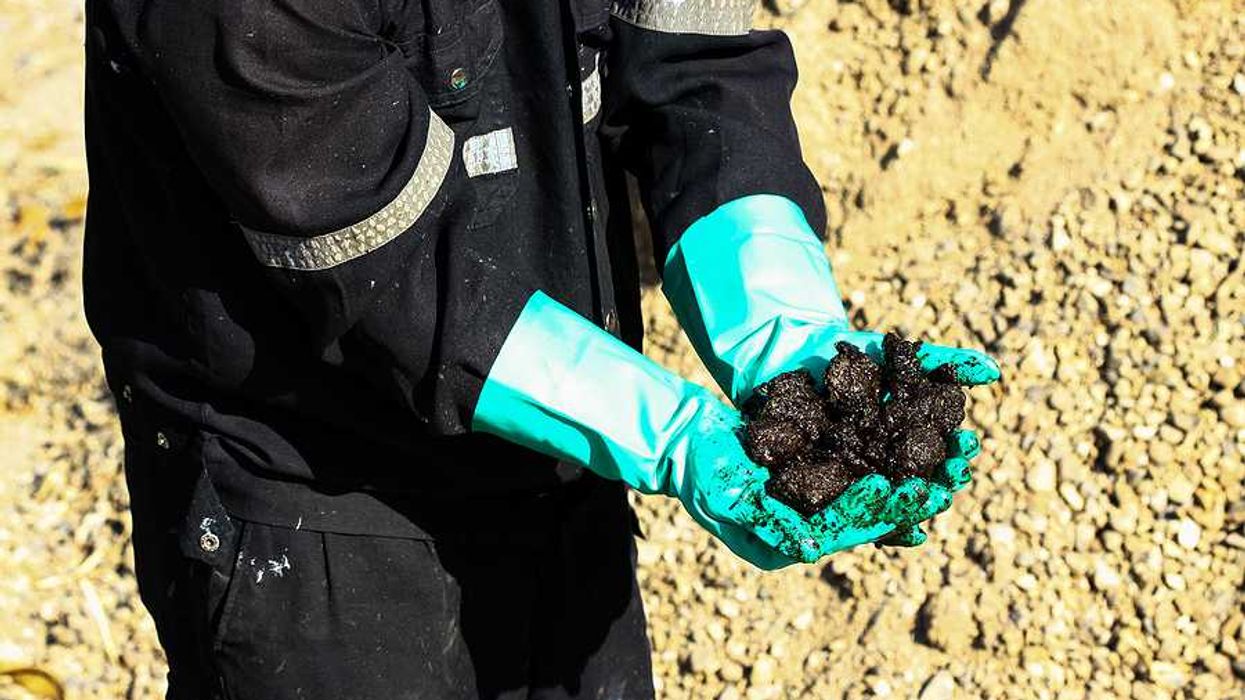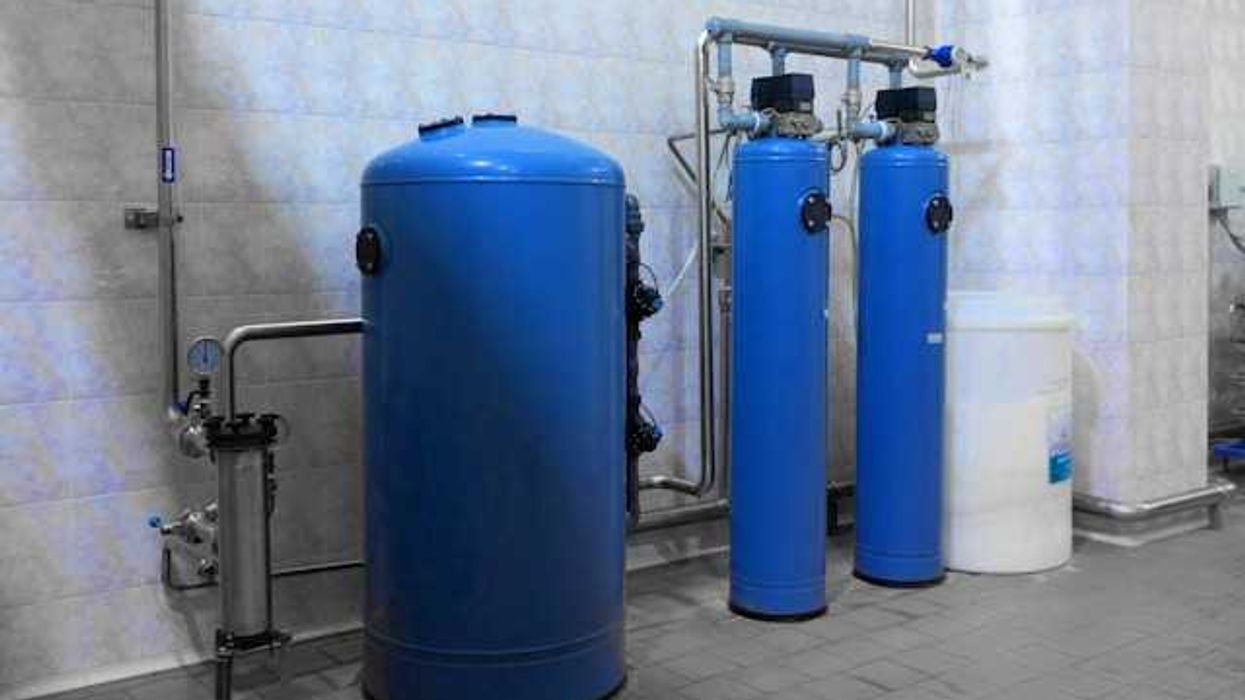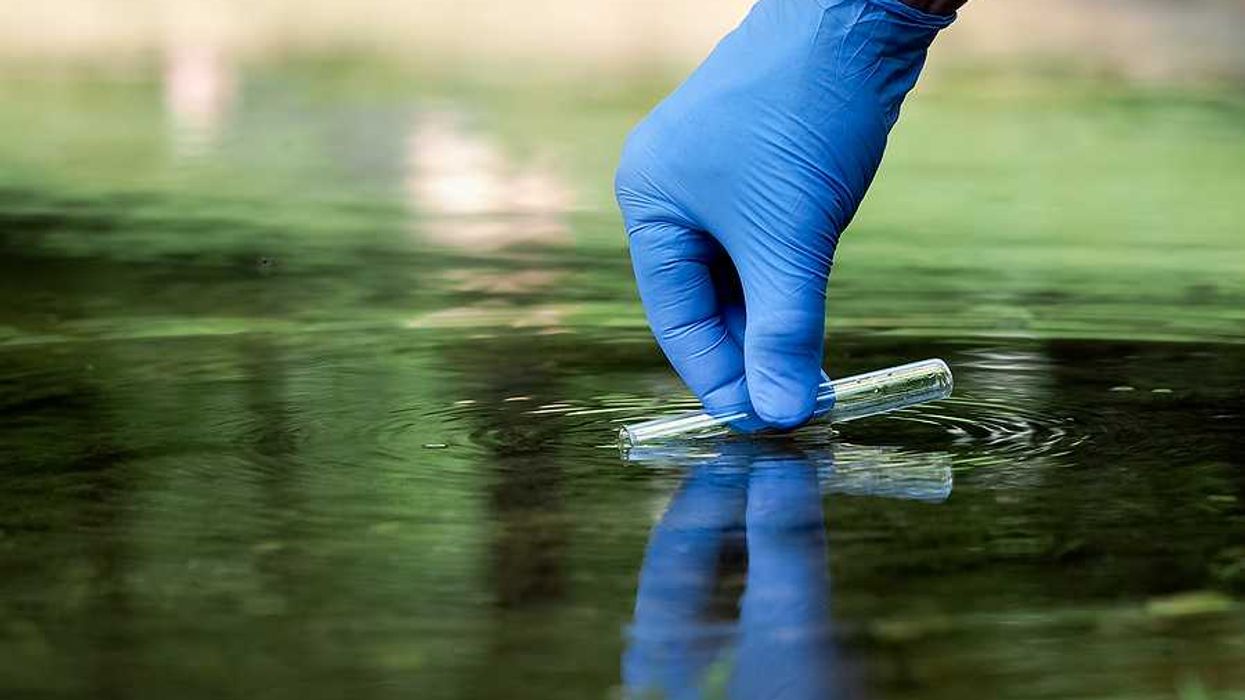As climate change accelerates sea level rise and intensifies droughts, new research reveals that salt contamination from both ocean water and human activities is threatening freshwater resources.
Kiley Price reports for Inside Climate News.
In short:
- Global sea levels rose faster than expected in 2024, with warming oceans and melting glaciers driving a 0.23-inch increase, according to NASA.
- Salt pollution in freshwater systems comes from two sources: rising seas pushing salt inland and human activities like road salt use, wastewater discharge, and agriculture.
- In regions like the Delaware River Basin, salt intrusion threatens drinking water supplies, infrastructure, and agriculture, with few comprehensive plans in place to address the growing risk.
Key quote:
"The interaction between human activities and climate change and climate variability is very, very important. It amplifies the salt pulses that we see from human activity."
— Sujay Kaushal, geologist at the University of Maryland
Why this matters:
Salt contamination in freshwater ecosystems is an increasingly urgent issue, driven by both natural forces and human activity. Rising sea levels, fueled by climate change, push saltwater further inland, threatening drinking water supplies, agriculture, and infrastructure. At the same time, road salt, industrial discharges, and wastewater contribute to elevated salinity levels in rivers and lakes.
In cities like Philadelphia, where millions depend on the Delaware River for drinking water, even small increases in salinity can corrode aging pipes, leading to infrastructure failures and potential health risks. Farmers face their own challenges, as salt-laden water degrades soil quality and reduces crop yields. The ecological consequences are equally severe — higher salinity levels disrupt freshwater ecosystems, harming fish populations and fueling harmful algal blooms that further degrade water quality. Climate change is accelerating these trends, making salt management a growing concern for policymakers, scientists, and communities. Without intervention, the problem could become increasingly difficult — and costly — to reverse.
Related: Rising saltwater contamination threatens health in coastal Bangladesh


